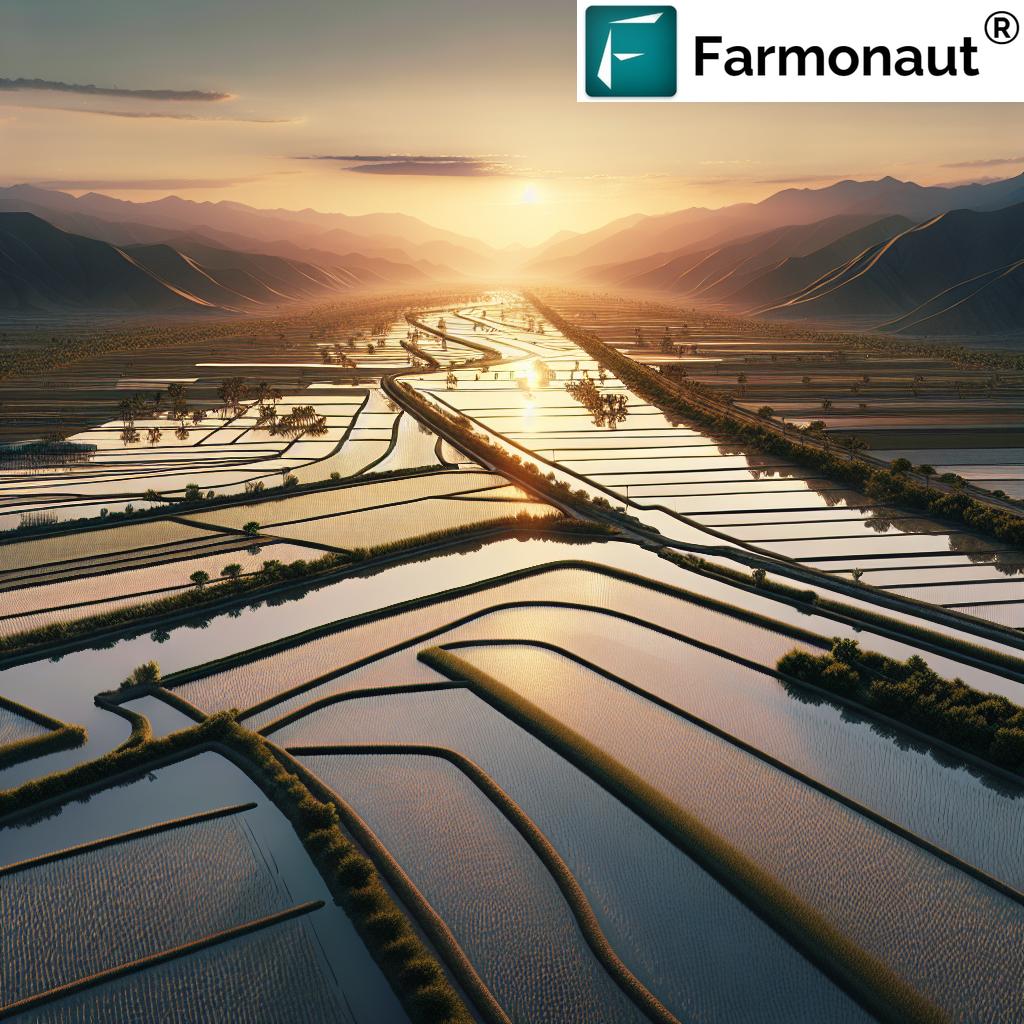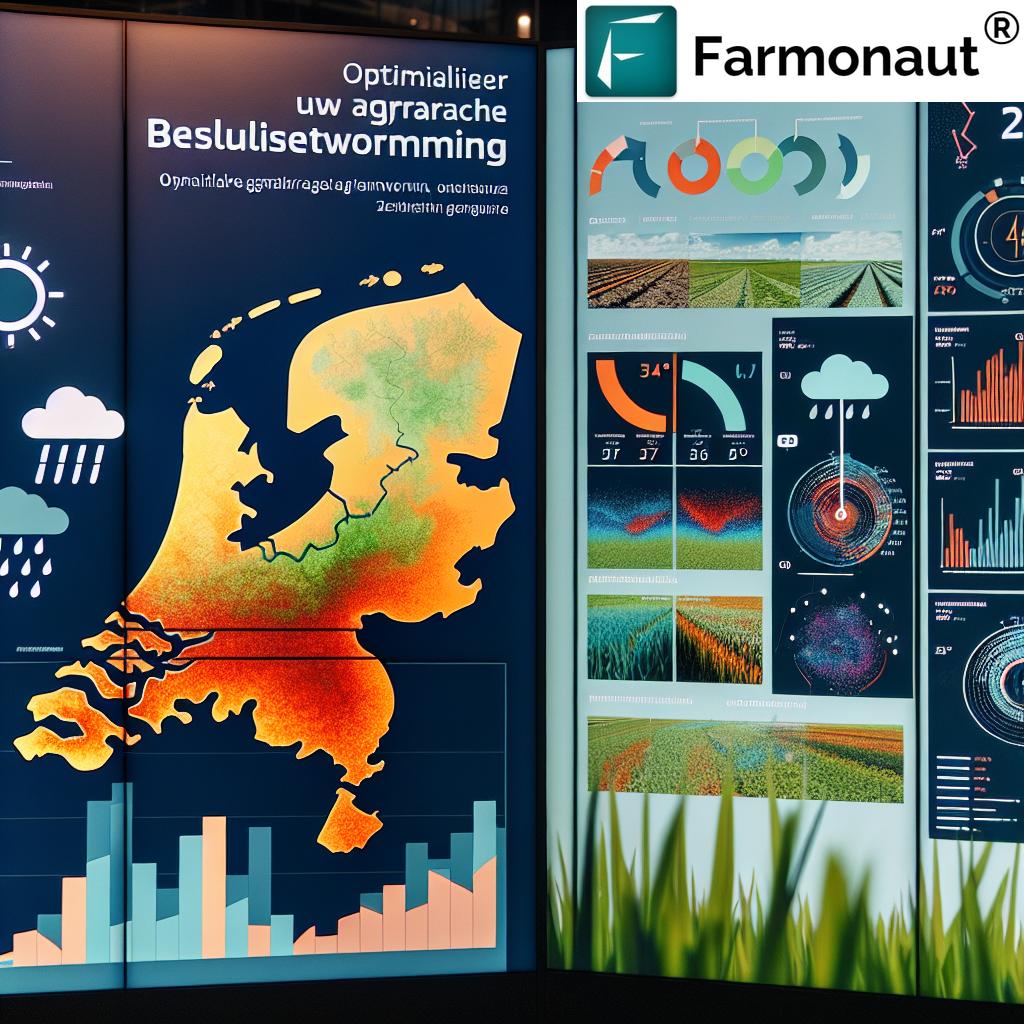Agritech Italia, Australia Agritech, Indian Agritech 2025: Comparative Overview of Global Digital Farming and Sustainability
“Around 70% of Italian farms plan to adopt AI-driven agritech solutions by 2025, boosting digital transformation in agriculture.”
Introduction: The Global Agritech Surge in 2025
The year 2025 marks an era of significant transformation for the agricultural sector, powered by breakthroughs in digital farming, advanced technologies, AI, and an unwavering focus on sustainability. Around the world, countries are undergoing profound shifts in how agricultural management and production are approached, meeting critical challenges and seizing unprecedented opportunities with innovation.
This article explores and provides a comparative overview of the most current developments in agritech across three pivotal landscapes—Italy (agritech italia), Australia (australia agritech), and India (india agritech). We highlight how these countries are leveraging digital transformation to reinvent their agricultural industries, improve efficiency, and stand at the forefront of global farming and forestry.
With agritech standing as a bridge between tradition and future-forward practices, the rise of AI-driven analytics, smart irrigation systems, drones for monitoring, and sustainable and regenerative farming solutions spells a paradigm shift for farmers worldwide.
Comparative Table: Agritech Trends and Innovations (2025)
| Key Aspects | Italy | Australia | India |
|---|---|---|---|
| Estimated Market Size (2025, USD Billion) | $5.7B* | $1.7B | $24B |
| Main Technologies Adopted | AI, IoT, Drones, Robotics, Blockchain, Satellite Monitoring, Precision Sensors | AI, Remote Sensing, IoT, Robotics, Drones, Satellite Imaging, Automation | Mobile Apps, AI, IoT, Drones, Satellite-Based Solutions, ML Algorithms, Blockchain |
| Government Support Level | Strong (EU Green Deal, Digitalization Grants) | High (Innovation Hubs, R&D Grants, Drought Resilience Programs) | Medium-High (Digital India, Startup India, Agritech Policies) |
| Leading Agritech Startups | xFarm Technologies, Agroop, Elaisian | The Yield, AgriWebb, FluroSat | DeHaat, CropIn, Farmonaut, AgroStar |
| Digital Farming Implementation Rate (%) | ~70% | ~55% | ~40% (but rapidly rising) |
| Sustainability Initiatives | Organic Farming, Renewable Irrigation, Agri-robotics for Resource Optimization | Water Stewardship, Carbon Farming, Fire-Resilient Forestry Management | Climate-Resilient Crops, Drip Irrigation, Digitized Supply Chain Transparency |
*Estimated values are for illustrative comparison; actual figures may vary as 2025 data emerges.
Agritech Italia: Tradition Meets Digital Transformation
Rooted Heritage, Modern Tech — The Italian Farming Landscape
It is no surprise that agritech italia stands as a compelling case study where timeless tradition merges seamlessly with leading-edge technology. Italian agriculture is characterized by small to medium-sized farms, diverse crops from the lush vineyards of Veneto and olive groves of Tuscany to high-quality fruits and vegetables in the South. In 2025, Italian farming is being reshaped by digital transformation: AI-driven analytics, IoT-enabled tools, drones for monitoring, and an emphasis on sustainability are all coming to the fore.
The Drive for Sustainability in Agritech Italia
- Soil Sensors and IoT Systems: Enable farming practices that optimize fertilizer and water use, reducing environmental impact and lowering input costs.
- Drones in Monitoring: Allow farmers to observe large tracts with high precision, making targeted interventions for pest control and irrigation.
- Agri-Robotics: Robots are increasingly common, particularly in fruit harvesting and vineyard management, helping with labor shortages and ensuring product quality.
- Blockchain and Traceability Platforms: Deliver high-value supply chain transparency for “Made in Italy” goods, assuring consumers of authenticity and quality.
- Startup Ecosystems: The rise of digital-focused startups and collaborations with research institutes further foster the shift toward sustainable agritech solutions.
The government support for agritech italia is robust, leveraging funds from the European Union under the Green Deal objectives to digitize smallholder farms and support ecosystem development.
Major Agritech Trends Shaping Italy in 2025
- Digital Supply Chain Management — AI-driven logistics tools keep Italian specialty foods traceable from farm to fork, enhancing export value.
- Precision Viticulture — Data-driven management in vineyards boosts yield and grapes’ flavour profile by adapting irrigation, nutrition, and pest control in real time.
- Smart Irrigation Systems — Sophisticated water optimization reduces waste in historically drought-impacted regions of the South.
- Quality and Branding — Tech advancements are tightly integrated with strict European standards for quality assurance, branding, and sustainability.
The Evolving Role of Technology in Italian Farming
With an emphasis on resource efficiency and quality production, Italian farmers are now witnessing digital platforms, AI-based decision-support, and remote crop monitoring become standard on-farm tools.
The integration of these technologies is not only about increasing yields but also minimizing environmental impact, safeguarding rural heritage, and meeting the evolving demands of conscious consumers.
Australia Agritech: At the Forefront of Scalable Innovation
Australia, renowned for its vast landmass and unique climates, presents a singular set of challenges and possibilities in agritech. Australian agriculture faces arid and semi-arid conditions, intense weather variability, soil erosion, and water scarcity.
By 2025, australia agritech has taken center stage in global innovation, leveraging remote sensing, satellite data, AI-powered analytics, and advanced automation. Large-scale farms are able to optimize production on millions of hectares with minimal labor, while sustainability remains a strong, recurring theme.
“By 2025, India’s agritech market is projected to reach $24 billion, outpacing Australia’s estimated $1.7 billion sector.”
Key Technological Drivers in Australia Agritech
- Remote Sensing & Satellite Imaging: Used extensively for monitoring soil health, predicting drought, and planning harvests across broadacre cropping and grazing lands.
- AI Data Analytics: Integration of real-time data from weather stations, field sensors, and IoT devices enables predictive, precision farming and input/drainage optimization.
- Automation & Robotics: From autonomous tractors for seeding to drones for pest management, robotics are critical for scaling in remote, labor-scarce areas.
- Sustainable Water Systems: AI-controlled irrigation and groundwater mapping protect against over-extraction and ensure sustainability, especially during severe droughts.
- Fire and Pest Management: Utilizing predictive technology to manage bushfire and pest outbreaks—a pivotal need in Australian forestry and agriculture.
Innovation Ecosystems: From Research Hubs to Field
- Government Support & Innovation Hubs: With high-level investment into agri-research and public–private technology trials, Australia remains a magnet for tech companies and startups in the agritech sector.
- Supply Chain Digitization: Blockchain and data-driven logistics for crop and livestock traceability enhance transparency, consumer trust, and market access, even on a global scale.
The move toward full precision farming in australia agritech not only increases yields but also reduces resource use and carbon footprints—a critical compliance metric for export and sustainability standards.
India Agritech: Powering Smallholders & Sustainable Growth
India agritech in 2025 is nothing short of revolutionary—empowering smallholder farmers and driving sustainability across a highly diverse and complex agricultural landscape.
With over half a billion people directly dependent on agriculture for their livelihood, India is witnessing a dramatic surge in digital farming platforms, data-driven practices, and sustainable technology adoption.
As the world’s third-largest agritech market by value, India is leading with mobile technology, satellite-based analytics, and AI-powered advisories, tailored to the unique needs of millions of small and marginal farmers.
Key India Agritech Trends — From Data to Farmer Prosperity
- Smartphone-Driven Access: With rising smartphone penetration and affordable data, even remote farmers use platforms for crop advisory, weather alerts, and input optimization.
- AI & Machine Learning Models: Integrated into farm apps, these predict pest outbreaks, monitor crop health, and provide tailored disease treatment recommendations.
- Precision Irrigation & Water Management: Popularity of drip and micro-irrigation systems help conserve water and ensure consistent yields amid climate variability.
- Sustainable Cold Chain Solutions: Innovations like solar-powered cold storages reduce food losses, improve farmer incomes, and support rural agri-entrepreneurship.
- Government & Institutional Support: The Digital India initiative, focused agritech subsidies, and policy frameworks ensure inclusive adoption of technology.
Perhaps most striking is the rise of agritech startups in India, such as DeHaat, CropIn, and platforms like Farmonaut—each leveraging satellite imagery, API-led data integration, and AI-advisory systems to make precision farming truly accessible.
Making the Leap: Digital Platforms & Farmer Empowerment
- App-Based Solutions: Platforms like Farmonaut provide remote crop health monitoring, disease alerts, and actionable recommendations, available to farmers in multiple Indian languages.
- API Access for Developer Integration: The Farmonaut API enables agritech companies, banks, or government programs to plug in satellite and weather data for a variety of use cases, from insurance to advisory capacitation. Read the developer docs here.
- Affordable Precision Solutions: By using satellite instead of expensive hardware, farmers can monitor their land and optimize resources at a fraction of traditional costs.
India’s agritech revolution is not just about technology—it’s about promoting sustainability, inclusiveness, and long-term prosperity for rural communities.
Comparative Agritech Trends & The Road to 2025
While Italy, Australia, and India represent dramatically diverse landscapes, their agritech trajectories share several common themes:
- AI, IoT, and Data Integration: From satellite imagery to app-based advisories, data-driven decision making is central to optimizing inputs and outputs.
- Resource Efficiency and Sustainability: All three countries see technology as the pathway to better resource management, sustainable practices, and compliance with environmental regulations.
- Fostering Startup Ecosystems: Each nation demonstrates government and academic support for innovation hubs, creating fertile ground for local agritech breakthroughs.
- Supply Chain Digitization: With traceability, blockchain, and digital marketplaces, transparency is rapidly gaining importance in building consumer trust worldwide.
- Climate Resilience: Agritech aids in addressing climate change—by supporting water conservation (Australia), reducing emissions (Italy), or building crop insurance (India).
Future Outlook: Cross-National Agritech Collaboration
In 2025 and beyond, knowledge exchange among these nations is accelerating tech adaptation, cultivating a global community focused on smart agriculture, policy alignment, and sustainable innovation—a direction that we at Farmonaut strongly believe will define the next generation of global farming.
Smart Digital Solutions for the Future: Spotlight on Farmonaut
As agritech continues its global evolution, satellite-based, AI-powered platforms like Farmonaut offer highly scalable and adaptable solutions, making precision agriculture accessible everywhere—from Italian vineyards, to the vast wheat fields of Australia, and remote farms in India.
What do we offer at Farmonaut?
- Satellite-Based Crop Health Monitoring: Multispectral images analyzed for NDVI, soil moisture, and other metrics help farmers optimize irrigation, fertilizer use, and pest management.
- AI-based Advisory (Jeevn AI): Personalized, real-time insights, weather forecasts, and tailored recommendations powered by AI and satellite data.
- Blockchain Traceability: Transparent supply chain solutions for brand assurance and fraud reduction.
- Resource & Fleet Management: Tools to manage vehicles, reduce operational costs, and improve efficiency—essential for both smallholders and large agribusinesses.
- Carbon Footprinting: Real-time tracking of emissions and actionable climate-focused guidance.
Explore our API services for weather and satellite data integration—enabling third-party agritech platforms, banks, and agribusinesses to empower their digital offerings.
We’re committed to cultivating innovation and empowering farmers across every country. No matter your size, Farmonaut helps optimize input use, enhance yields, and embrace sustainability for future-ready agriculture.
FAQ: Digital Farming, AI, and Sustainability in Agritech (2025)
1. What are the top agritech trends in Italy for 2025?
Key trends in agritech italia include AI/IoT-powered precision agriculture, drone crop monitoring, robotics for fruit harvesting, blockchain traceability for export, and a surge of digital startups supporting sustainable food production.
2. How is Australia using technology to address its unique agricultural challenges?
Australia agritech mitigates arid climate and labor shortages via advanced remote sensing, automation (autonomous tractors, drones), AI-based analytics for real-time decision making, water optimization, and predictive fire/forestry management.
3. What’s driving the surge in India’s agritech adoption?
India agritech is driven by increased smartphone penetration, affordable satellite/artificial intelligence solutions (like Farmonaut), mobile advisory apps in local languages, and government agritech schemes (learn more here).
4. How does Farmonaut make precision agriculture accessible for different countries?
We at Farmonaut use a subscription-based model with affordable packages, enabling everything from real-time satellite monitoring and crop health management to blockchain traceability, API integration, and climate action tools.
5. Where can I get started with satellite-based farm management?
Start using Farmonaut’s web, Android, or iOS apps—or try the public API for seamless integration of global agricultural data in your own platform.
Conclusion: Agritech Evolution – A Unified Future for Sustainable Agriculture
Whether it’s the tech-enabled vineyards of Italy, the vast, data-driven Australian farms, or the digitally empowered Indian smallholders, one message is clear: agritech is reshaping agriculture on a global scale in 2025. Cross-pollinated with AI, IoT, blockchain, and satellite solutions, farming is being transformed into a smarter, more sustainable, and highly productive industry.
Each country adapts these advancements to its own unique needs. Yet, the movement towards digital, sustainable, and inclusive agritech is universal. Productivity, resource efficiency, and environmental stewardship are no longer aspirations—they are becoming the standard, with Farmonaut and other innovations at the forefront of this agricultural revolution.
For governments, corporations, and farmers alike, 2025 is the year to harness data, sustainable practices, and bold technology to create an agriculture sector that feeds the planet and preserves our common future.
Start your digital farming journey today and be part of the global transformation!














